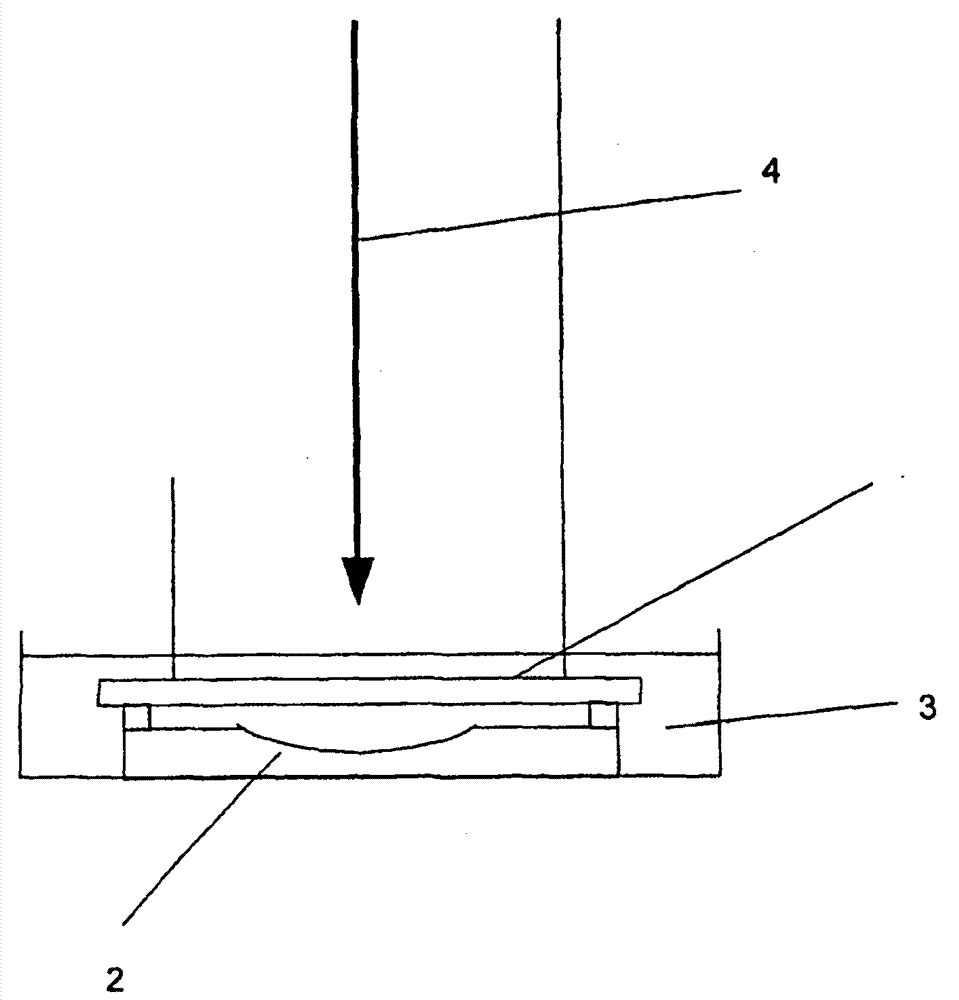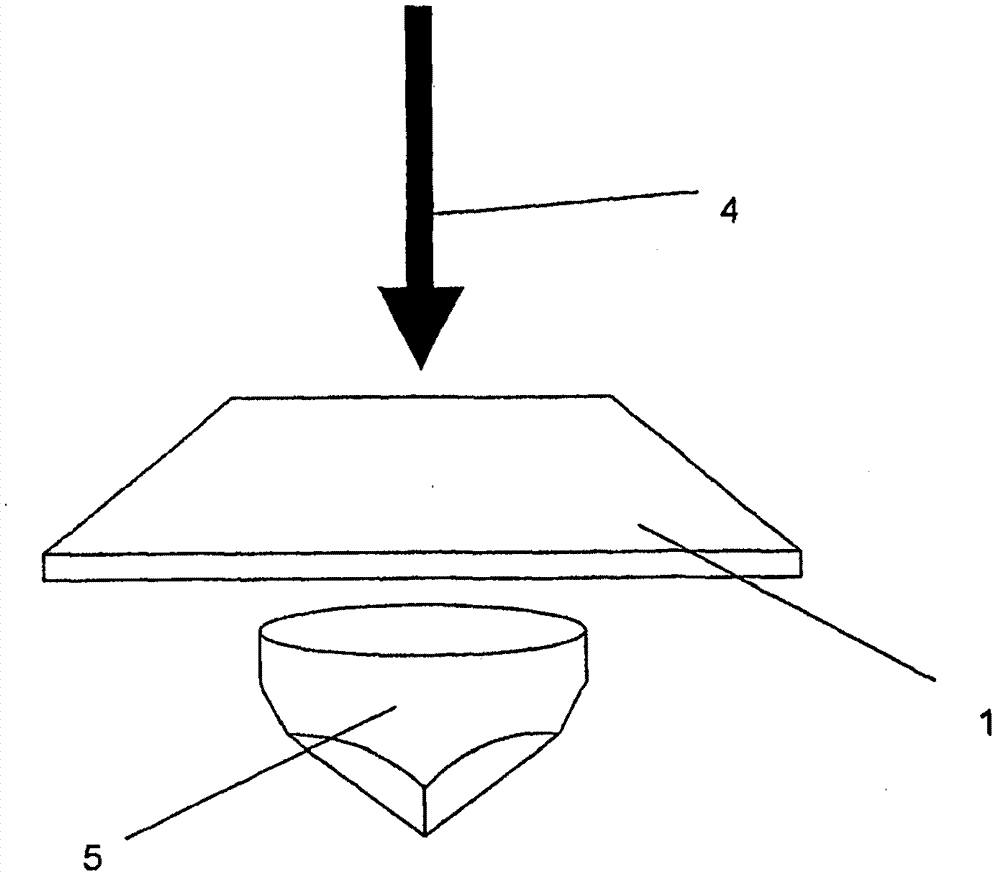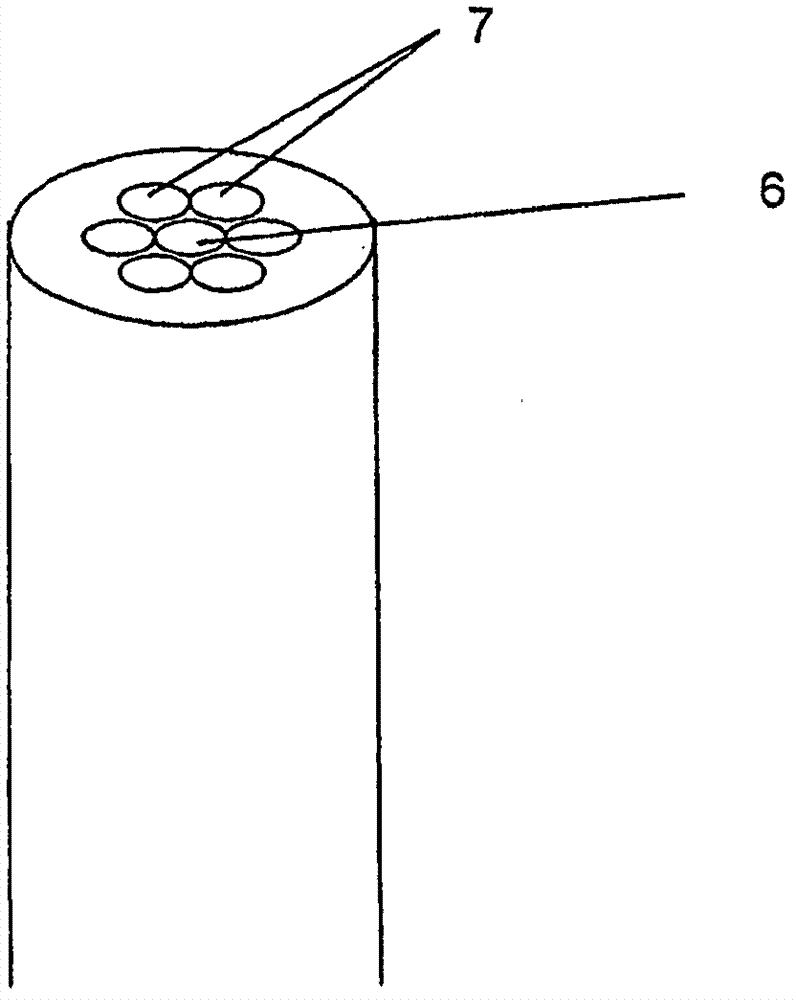Holographic sensor, combination device, subdermal implant and correlation methods
A sensor and implant technology, applied in the field of holographic sensors
- Summary
- Abstract
- Description
- Claims
- Application Information
AI Technical Summary
Problems solved by technology
Method used
Image
Examples
Embodiment Construction
[0025] Holograms can be formed into non-planar mirrors in a number of ways. It will be appreciated that the different techniques described herein can be used alone or in combination to achieve results.
[0026] A preferred embodiment of the invention involves recording holograms using non-planar mirrors. The type of mirror chosen depends on the desired effect on the incident light of the resulting hologram. Many different types of non-planar mirrors are known, such as concave and convex mirrors (eg semi-cylindrical mirrors), reflective beads, and the like. Alternatively the mirror may be a prism such as a corner cube prism, a right angled prism, a Porro prism, an Amici prism, a Dove prism, a pentaprism, a rhomboid prism or a Lernan-Springer prism
[0027] In a preferred embodiment the mirror is a concave mirror. This allows the fabrication of sensors that have a focusing effect on incoming light. The sensor has a wide range of potential uses, for example as a small subcuta...
PUM
 Login to View More
Login to View More Abstract
Description
Claims
Application Information
 Login to View More
Login to View More - R&D
- Intellectual Property
- Life Sciences
- Materials
- Tech Scout
- Unparalleled Data Quality
- Higher Quality Content
- 60% Fewer Hallucinations
Browse by: Latest US Patents, China's latest patents, Technical Efficacy Thesaurus, Application Domain, Technology Topic, Popular Technical Reports.
© 2025 PatSnap. All rights reserved.Legal|Privacy policy|Modern Slavery Act Transparency Statement|Sitemap|About US| Contact US: help@patsnap.com



